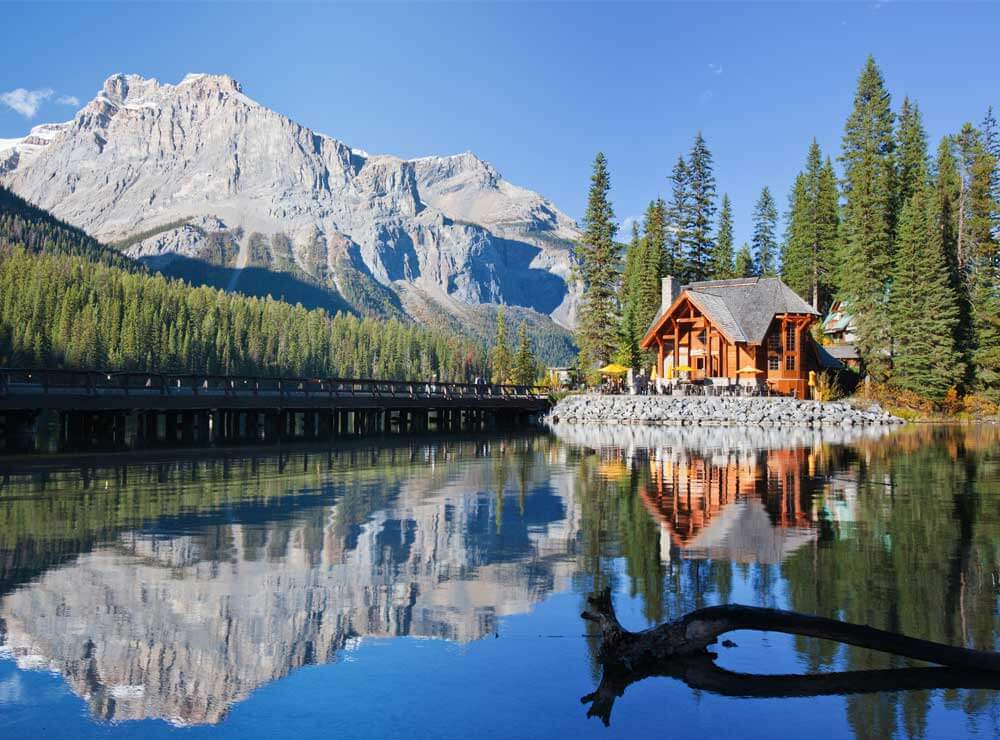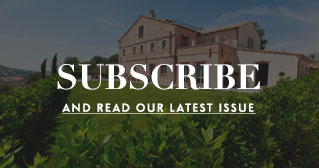
Villars in Switzerland Top of the Ski Property Charts
14.11.18The Swiss resort of Villars recorded the strongest annual price growth in the Alps at 6% in the 12 months to June 2018, the latest ski index shows.
Having invested strongly in its ski infrastructure and being home to three international schools means that demand from buyers has strengthened in Villars over the last year, according to the Knight Frank Ski Property Index.
Overall, the index declined by 0.5% in the year to June 2018, a more moderate decline than the 1.8% fall witnessed in 2017 and 13 of the 16 resorts recorded static or rising prices in annual terms. Three years ago, only five resorts registered price growth.
However, aside from Villars and Verbier, price growth was weak across Swiss resorts as the strong Swiss Franc and strict property market regulations, known as Lex Weber, weakened demand.
But in Switzerland, in those resorts where the number of second homes exceeds the 20% cap per commune, hotel style residences, now offer an alternative means for owners to acquire a property and rent it out when not in use, a trend that is growing in popularity.
Prices fell by 11.1% in St Moritz where the robust Franc along with high pricing and a mismatch between demand and supply have seen prices soften. There is pent up demand for smaller units but the current inventory is comprised of older, larger style chalets, the report explains.
The index also shows that the French resort of Val d’Isère generated more buyer enquiries than any other Alpine resort during the 2017/2018 season. And Val d’Isère overtook Chamonix this year as the top-performing French resort in prime price terms with growth of 3% compared with 2.3%.
The report points out that at 1,850 meters, Val d’Isère is one of the highest resorts in the Alps and as a result benefits from a longer season length. The report says that Val d’Isère, Megève and Courchevel continue to build on their brand as luxury resorts with exemplary customer service and amenities.
Courchevel 1550 and 1650 saw prices rise by 2.2% while in Courchevel 1850 they were up by 1.5%. It explains that the lower resorts have a greater dynamism with a number of public and private investment projects underway.
With annual growth of just 0.9%, Méribel has largely peaked in terms of new build opportunities meaning buyers usually opt to buy older stock and re-build. But Méribel Village is increasingly under the spotlight as buyers seek new build opportunities at €16,000 per square meter compared with €20,000 in central Méribel.
In France not one of the resorts saw prime prices dip over the 12 month period and the report says that improving economic sentiment in 2017 and interest from a broader mix of buyers including Scandinavian and Benelux buyers helped lift sales volumes.
Home to the world’s oldest and most aspirational ski resorts, the Alps will continue to attract global interest from buyers, the report points out. ‘However, based on the experience of our Alpine network, unlike mainstream markets in some parts of the world, external factors such as the global financial crisis and geopolitical tensions have not had the same impact on sentiment and transaction volumes as they have had on mainstream housing markets,’ it explains.
It adds that the rise in wealth globally, in places such as Latin America, Russia, the Middle East and Eastern Europe is expected to offset some of the challenges posed by an ageing demographic of skiers in Europe.
However, all eyes are currently on Asian demand which has the capacity to radically reshape the global ski market in the coming years. Asia’s strong rate of wealth creation and a growing appetite for travel amongst its high net worth individuals, as well as the increasing popularity of winter sports could bolster global demand. China alone aims to have 300 million winter sport enthusiasts ahead of the Beijing Winter Olympics in 2022.
But the Alpine ski market can’t be purely at the behest of Asian demand, particularly when outbound capital flows are being curtailed in China. Switzerland’s safe haven credentials, its strong economy, currency, privacy and security will continue to put it at the top of global HNWI’s preferred list of places to shelter from economic and political turbulence.
‘Although most ski purchasers will not be buying a ski home purely for investment purposes, we expect most will continue to want a rental return to cover ownership costs, maintenance and family ski visits,’ the report adds.
‘However, regardless of the potential return, currency advantage or good finance options, ultimately the decision to acquire a ski home is an emotive one, borne out of a desire to own an asset that will provide valuable time with friends and relatives whilst undertaking a shared pursuit. In the modern age, a ski home can offer a rare escape,’ it concludes.
Abode Affiliates
COPYRIGHT © Abode2 2012-2025






















































































































































































































